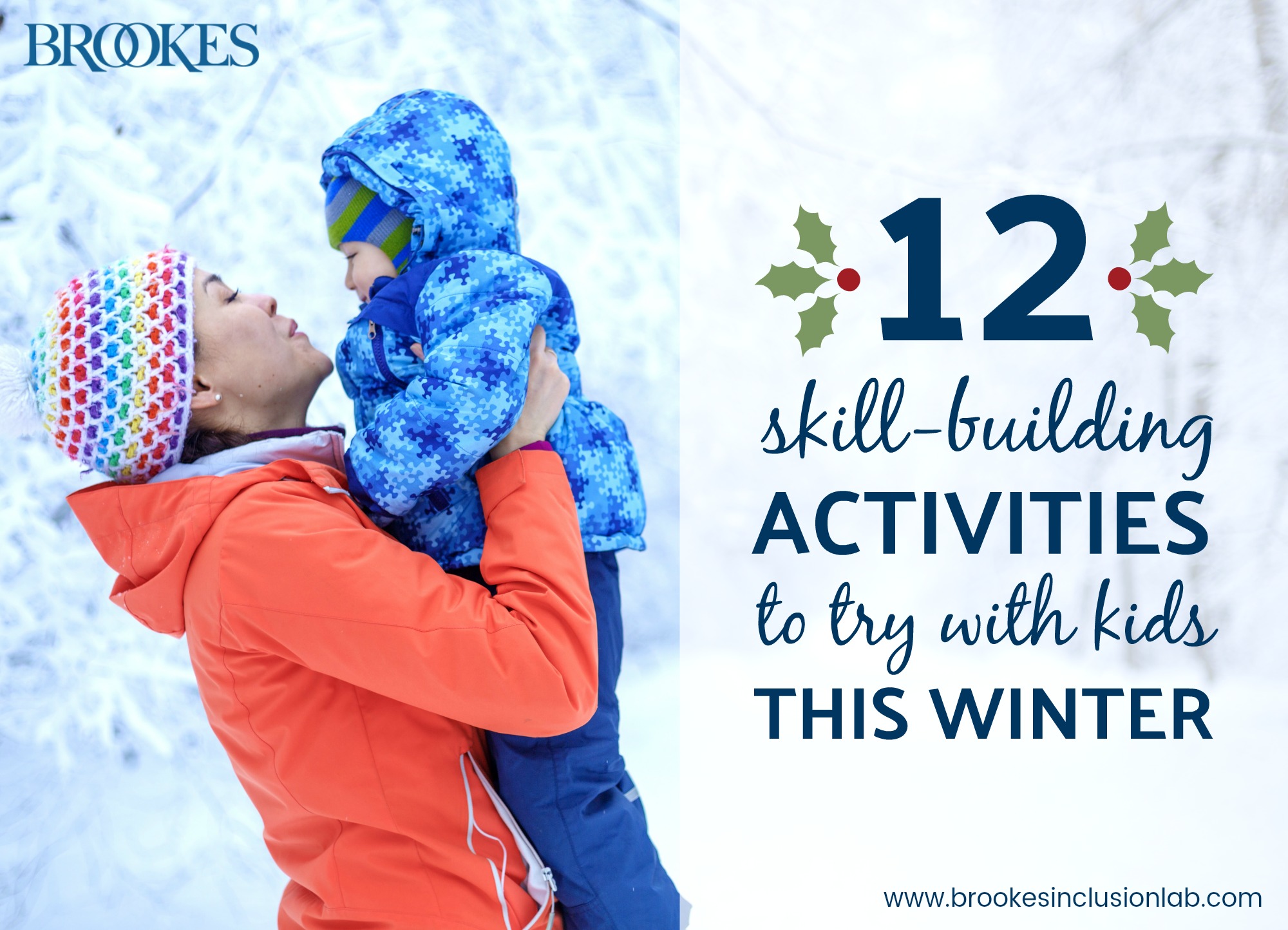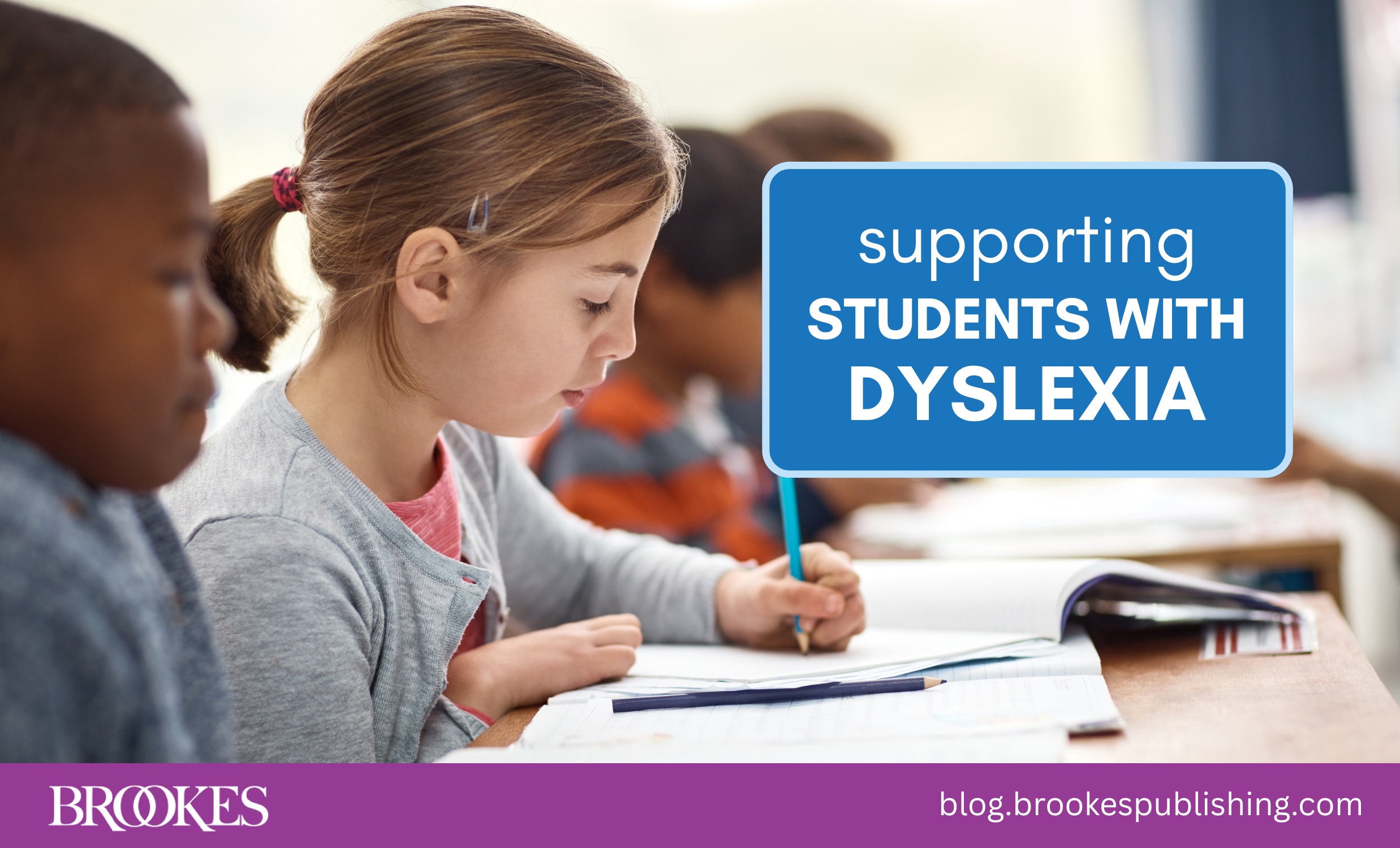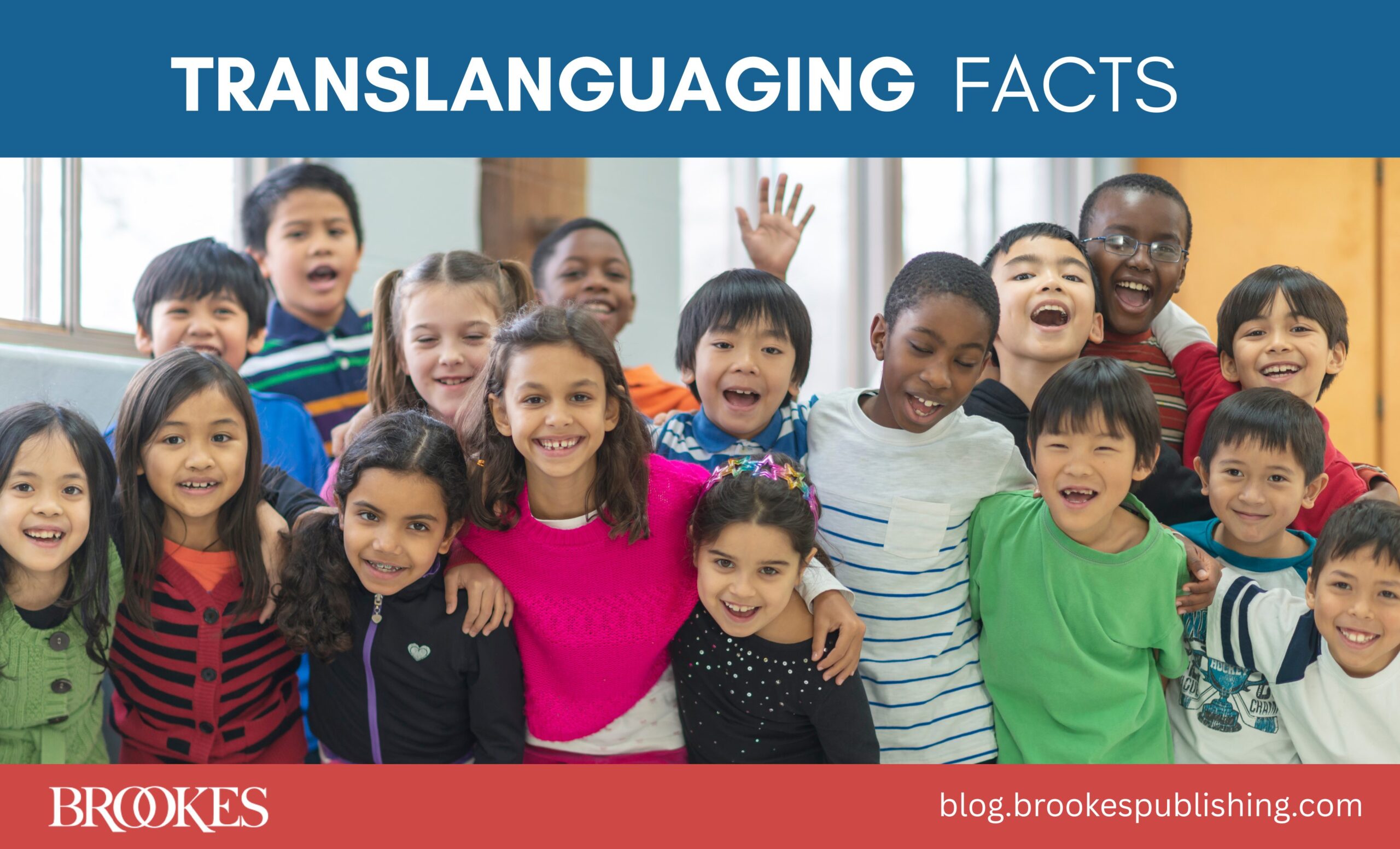12 Things to Do This Winter to Boost Your Child’s Development
November 26, 2019
December is just days away—and though you’ve probably been hearing “Jingle Bells” since the day after Halloween, now’s the time when the holidays really kick into high gear. It’s a hectic month for many families, but the holiday season is also packed with lots of chances to connect with kids and enjoy family fun. While lots of parents plan big family trips during the winter break and splurge on special activities, it’s often the simple, close-to-home activities that make the most enduring memories for children (and teach them important new skills at the same time).
In today’s blog post, we’re sharing 12 things that parents can do with their young children this holiday season—to bond with them and boost their development. These suggestions were inspired by and adapted from the ASQ-3 Learning Activities and the ASQ:SE-2 Learning Activities. Share this article with parents of young children (especially #12, which includes a link to fill out an ASQ questionnaire for free!), and help them create some awesome winter learning experiences with their children!
Turn holiday cards into family fun. Does your family send out holiday cards? This year, have your child write a letter or draw a picture to include in cards to close friends and family. You can write the words the child wants to say, or your child can try writing them. When the letter or picture is finished, help your child write their name at the bottom of the page and show them how to address an envelope. They’ll feel proud and grown up as they contribute to your family cards, and they’ll practice important social skills, communication skills, and motor skills.
Make a paper chain. This holiday classic is an excellent way to count down to a special day or event—and it’s a perfect way to build fine motor skills, too! Cut paper into strips about 1 inch by 5 inches, one strip for each day you want to count down. Show your child how to make paper chains by looping the paper strips around each other and gluing or taping the ends of each strip together. Hang the chain up in your home and use it to count down to an important event by removing the links, one day at a time. (If you don’t celebrate a holiday this season, you can use the chain to count down to a family trip, your child’s birthday, or the first day of the new year.)
Design a special book as a gift to a family member. Kids love giving presents, and gifts they make themselves can be an extra-special source of pride. Help your child make a book for a parent, sibling, grandparent, or close family friend. Have them draw pictures of memories that involve that person, print out photos of good times, and transcribe your child’s thoughts about their loved one. When the pages are done, help the child staple them together or tie them with ribbon. Give them supplies they can use to decorate the book: glitter pens, sequins, stickers, pictures cut from old greeting cards and magazines. Not only will this book be a cherished gift, it’ll also help your child strengthen motor, communication, social-emotional, and problem-solving skills.
Have a wrap session. This year, don’t put off holiday gift-wrapping until the last minute—get kids into the act and help them develop new skills! During your “wrap session,” show the child how to pull the paper up and around, make flaps, and then tape the flaps together. You can also ask them to help you problem-solve as you figure out how much paper you’ll need for a big box, medium-sized box, and small box.
Bundle up and enjoy the outdoors. If the weather gets cold and snowy where you live, it can be tempting to pull on your coziest socks and stay inside. But whenever you can, make time for outdoor activities that give your child’s motor skills a pick-me-up. Choose activities that involve both gross motor skills (throwing snowballs, sledding, climbing a snowy hill) and fine motor skills (putting a face on a snowman, collecting and sorting objects). Make a low ridge out of packed snow and leap over it together. Go on a neighborhood walk and play “I Spy.” Collect things like pinecones, acorns, and pretty stones in a pail, and help your child sort them into groups.
Create a winter-themed sculpture. Not only are art projects a wonderful parent-child bonding experience, they also challenge young children to expand their problem-solving and motor skills. On a blustery day when it’s too cold to play outside, give your child a box of materials they can use as art supplies. You might include plastic bottles and containers, newspaper, pinecones, twigs, jar lids, cotton balls, paper plates, play dough, Popsicle sticks, colored paper, bits of ribbon and fabric, strong tape, paint, glitter, and glue. Work together to create a winter-themed sculpture, such as an “indoor snowman,” a penguin in a colorful scarf, or a tree covered with snow. When the sculpture is done, display it in a place of honor for the rest of the holiday season (you might even use it to decorate your table!).
Make a map. Kids love maps—and making one together is a great way to sharpen their skills. Partner up with your child to make a map of your neighborhood (if you celebrate Christmas, you might tell your child that Santa needs a map to find his way around). Zip up your coats for a walk, take down notes or snap pictures of where the streets, buildings, parks, and other landmarks are, and then make the map using paper, scissors, labels, photos, and any other creative materials you have on hand. If you’d like to keep the project a little smaller, you can make a map of your house, beginning with your child’s room. Ask your child, “Where would we put your bed on the map? How about your toy box?”
Toss some indoor snowballs. Here’s a fun indoor winter activity that gives kids good practice with gross motor skills. Cut a few 8- to 9-inch holes in a big piece of cardboard and decorate the cardboard to look like a tree or a snowman. Give your child some “indoor snowballs” (beanbags or soft foam balls) and encourage your child to throw the snowballs through the holes on the target. Have your child start very close to the target and then move back a few feet to make it a little more challenging. Show your child how to throw both underhand and overhand, and be sure to cheer when the snowballs hit their target!
Play a game with new toys. Has your child received some fun new toys as holiday gifts? Help them hone their problem-solving skills by playing games with their new treasures. Set five small toys in a “lineup” and give your child time to look at the group. Then hide one of the toys and ask, “Which one is missing?” (You may have to give a few clues or hints at first.) Once your child guesses correctly, hide a different toy. Then give the child a turn to hide a toy and try to trick you!
Carve out time for chats. The busy holiday season can be overwhelming to a young child, and their social-emotional needs can sometimes get shortchanged in the hustle and bustle. Make time at the end of the day to connect with your child. Talk about your day and what will happen tomorrow. Ask them simple questions about how their day went: “What was the best part?” “Were there any hard parts?” “How did you feel?” (You may need to give some gentle prompts to help them get started with the conversation.) Listen carefully to what your child says so they know their thoughts and emotions are important to you. Even if your child can’t answer all your questions yet, they’re listening and learning critical social-emotional skills. (For more social-emotional skill-boosters for children ages 2 months through 5 years, print these free ASQ:SE-2 activity sheets.)
Read together every night. On cold winter nights, snuggle up for some shared reading, one of the single most important activities you can do with a child. Not only is it an ideal way to bond and relax together after a busy day, it also strengthens your child’s communication and language skills and sets the stage for early literacy development. Choose some winter-themed books and engage your child while you read: ask them what happened at the beginning, middle, and end of the story, or have the child act out the story with you and pretend to be different characters. (If you receive a holiday visit from a loved one your child doesn’t get to see often, consider asking that person to record themselves reading one of the child’s favorite stories out loud. This is a nice way for kids to be “with” their loved one during the year while practicing their early literacy and listening skills.)
Do a quick check of their milestones. One of the most important things you can do this winter is check to see if your child’s overall developmental skills are on track in all the areas mentioned in this article. You can do that for free in about fifteen minutes or less. Fill out an online ASQ questionnaire to see what your child’s biggest strengths are, uncover new milestones to celebrate, and reveal any areas where your child may need extra support in the new year. (You can access the questionnaire here.)
With the tips in this article—and your own creative ideas—you can transform this holiday season into a rich and varied learning experience. The kids will be having so much fun, they’ll never guess you’re teaching them new skills they’ll use forever. Whatever activities you choose to do with your child this winter, enjoy exploring, discovering, and learning together!
*Don’t forget that activities should be supervised at all times by an adult. Any material, food, or toy given to a young child should be reviewed for safety.
***
P.S. Are you a parent of a child age 7 or younger? Do you work with parents of young children? Be sure to share this rare opportunity to fill out an ASQ questionnaire for free! Not only does this allow you to check children’s development with an accurate and reliable screening tool, it also helps our research team establish scoring for the next edition of Ages & Stages Questionnaires®. Fill out the questionnaire today and spread the news to all the parents you know!
TRY THE QUESTIONNAIRE




Write a Comment
Your email address will not be published. Required fields are marked *
Post a Comment